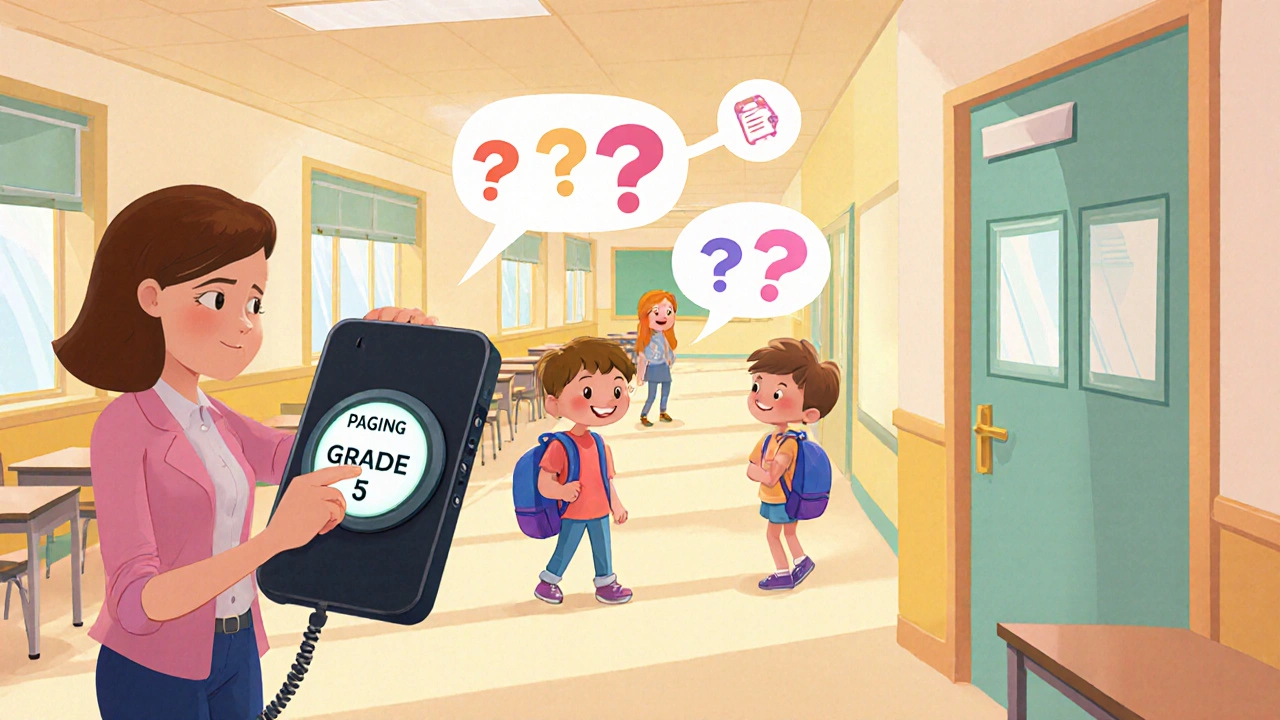Classroom Paging System: How VoIP Paging Works in Schools and Offices
When you hear a voice boom through the halls of a school or hospital, it’s likely not an old-school PA system—it’s a classroom paging system, a modern, internet-based way to broadcast announcements using VoIP technology. Also known as VoIP paging, it replaces outdated wired speakers with devices that connect to your network, letting you send messages from a phone, tablet, or computer. No more running to a central console or fumbling with microphones. Just press a button and talk.
This system relies on SIP paging adapters, hardware devices that turn standard audio speakers into network-connected endpoints. These adapters plug into your existing speaker wiring and listen for commands from your VoIP phone system. When triggered, they play audio instantly across one room or the whole building. Overhead paging is the most common use case, whether it’s a teacher announcing a fire drill, a nurse paging a doctor, or a manager calling for an emergency evacuation. The best systems support zone-specific broadcasts—so you can page the elementary wing without waking up the gym. Unlike old analog systems, VoIP paging doesn’t need dedicated phone lines. It runs on your Wi-Fi or Ethernet, integrates with your existing phone numbers, and can even be controlled from a mobile app.
Why does this matter? Because schools and offices are ditching landlines and analog PA systems faster than ever. The FCC and NFPA now require emergency systems to be reliable, testable, and compliant—and many older systems can’t meet those standards. SIP paging adapters fix that. They’re cheaper to install, easier to expand, and can be managed remotely. You can even set up automated messages for daily schedules, like morning announcements or lunch bell alerts. And if your school already uses a VoIP phone system, adding paging doesn’t cost extra—it just needs the right hardware.
Behind the scenes, it’s all about SIP registration, the secure way devices authenticate on a network. Each paging adapter logs in using credentials tied to your VoIP provider, so only authorized users can trigger broadcasts. This stops random noise or prank calls. Plus, with features like call recording and audit logs, you can track who sent what—and when.
What you’ll find in the posts below are real setups: how to connect SIP horns to your system, which adapters work best in noisy cafeterias, how to avoid echo in large halls, and why some schools skip wireless entirely in favor of wired Ethernet. You’ll also see how hospitals use the same tech to page staff without disrupting patients, and how small businesses use overhead paging to announce sales or closing times. No theory. No fluff. Just what works.
